The absolute best egg replacer for baking
Through much trial and error I have discovered this quick and easy egg replacer formula that will make a world of difference for your baking! This one is my favourite but I have also listed a few other popular options and what I may use them for below this recipe. Check them out!
If you need an egg replacer but don’t want to make your own, this recipe is inspired by the Bob’s Red Mill Vegan Egg Replacer which you can find here.
Other Egg replacers
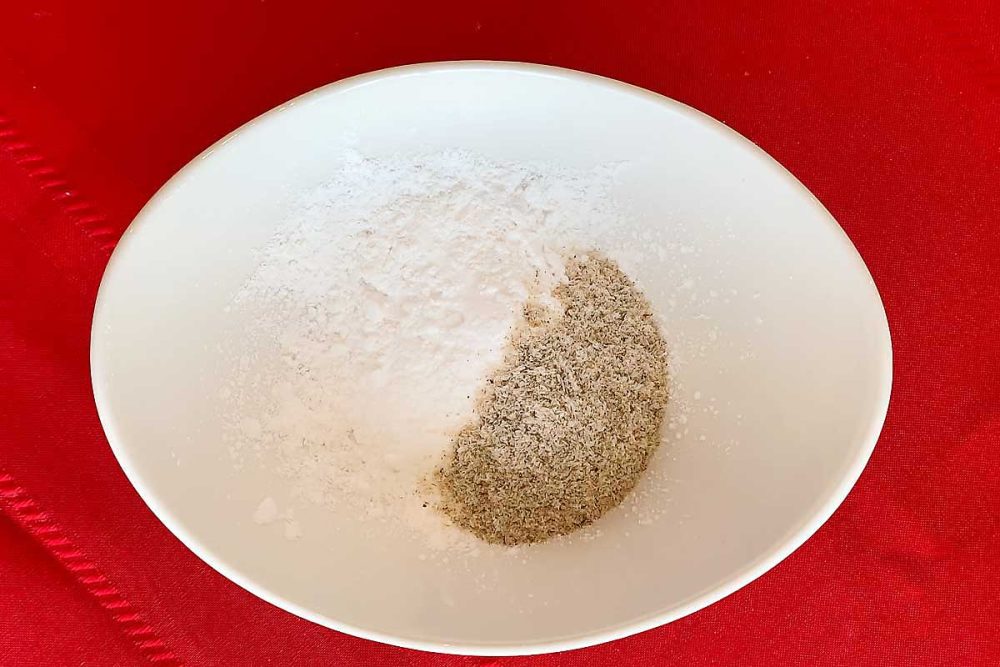
Best Egg Replacer for baking
Equipment Needed
- 1 Whisk
INGREDIENTS
- 2 Tbsp Potato Starch 22g
- 1 Tbsp Tapioca Starch 9g
- 1 tsp Baking Soda 7g
- 1.5 Tbsp Whole Psyllium Husk 8g
INSTRUCTIONS
- Add all ingredients to a bowl and whisk together.

- Store in an air-tight container at room temperature.
To replace 2 eggs:
- Use 2 Tbsp of above mixture with 40mL of lukewarm water. Whisk together until incorporated. Rest 5-10 mins until gels. Voila! You have your egg replacer

Notes
Nutrition
1. Flaxseed Meal (Ground flaxseed)
How to Use: Mix 1 tablespoon of ground flaxseed meal with 2.5 tablespoons of water. Let it sit for 5-10 minutes until it forms a gel-like consistency. This replaces one egg.
Best For: Cookies, muffins, pancakes, and brownies.
Why It Works: Flaxseeds are high in soluble fiber, which helps bind ingredients together and retain moisture. They add a slightly nutty flavor that pairs well with hearty baked goods.
2. Chia Seeds (Chia Egg)
How to Use: Mix 1 tablespoon of chia seeds with 2.5 tablespoons of water. Let it sit for 5-10 minutes to form a gel.
Best For: Cakes, muffins, and breads.
Why It Works: Like flaxseeds, chia seeds are rich in fiber and form a gel that mimics the binding properties of eggs. They’re virtually flavourless, making them versatile for various recipes.
3. Applesauce
How to Use: Substitute 1/4 cup of unsweetened applesauce for one egg.
Best For: Cakes, muffins, quick breads, and brownies.
Why It Works: Applesauce adds moisture and a hint of sweetness, making it ideal for soft and moist baked goods. Be mindful that it may slightly alter the flavor.
4. Mashed banana
How to Use: Use 1/4 cup of mashed ripe banana to replace one egg.
Best For: Pancakes, muffins, and quick breads.
Why It Works: Bananas provide moisture and natural sweetness. However, they have a strong flavor, so use them in recipes where the banana taste complements the dish, like in pancakes or muffins.
5. Yogurt (dairy or non-dairy)
How to Use: Replace one egg with 1/4 cup of plain yogurt.
Best For: Cakes, muffins, and quick breads.
Why It Works: Yogurt adds moisture and richness, helping to create a tender crumb. Use unsweetened varieties to avoid altering the flavor.
6. Silken Tofu
How to Use: Blend 1/4 cup of silken tofu until smooth to replace one egg.
Best For: Dense baked goods like brownies, cheesecakes, and breads.
Why It Works: Silken tofu provides structure and moisture without altering the flavor. It’s particularly good for recipes requiring a creamy texture.
7. Baking Powder and Vinegar
How to Use: Combine 1 teaspoon of baking powder, 1 tablespoon of vinegar (white or apple cider), and 1 tablespoon of water to replace one egg.
Best For: Cakes, cupcakes, and light muffins.
Why It Works: This combination creates a chemical reaction that produces carbon dioxide, mimicking the leavening properties of eggs.
8. Aquafaba (Chickpea Water)
How to Use: Use 3 tablespoons of aquafaba (the liquid from a can of chickpeas) to replace one egg.
Best For: Meringues, macarons, and light cakes.
Why It Works: Aquafaba whips up just like egg whites, making it ideal for recipes that rely on airy, fluffy textures.
9. Commercial Egg Replacers
How to Use: Follow the instructions on the package. Most require mixing a specific amount of the powder with water.
Best For: A wide range of baked goods, including cookies, cakes, and muffins.
Why It Works: Products like Bob’s Red Mill Egg Replacer are specifically formulated to mimic the properties of eggs, making them a reliable choice for most recipes. My 1st option listed on this page is a homemade version of Bob’s Red Mill Egg Replacer!
10. Carbonated Water
How to Use: Replace one egg with 1/4 cup of carbonated water.
Best For: Light and fluffy baked goods like cakes and cupcakes.
Why It Works: The carbonation adds lift and moisture, helping to create a tender crumb.
Tips for Choosing the Right Egg Replacer
- Understand the Role of Eggs: Are the eggs in your recipe providing structure, moisture, or leavening? Choose a substitute that meets that need.
- Test in Small Batches: If you’re new to egg replacers, test your recipe in smaller quantities to ensure it works as expected.
Combine Substitutes: For some recipes, using a combination of substitutes (e.g., flax egg for binding and applesauce for moisture) can yield better results.
Adjust Baking Time: Some substitutes may affect baking time. Check for doneness with a toothpick or follow the recipe’s visual cues.
With these egg replacers, you can confidently bake delicious treats without eggs. Whether you’re accommodating dietary restrictions or simply experimenting, there’s a substitute for every recipe and occasion. Happy baking!
pay it forward
please share
I hope you enjoy this basic culinary guide! If so, please feel free to share the link to this page on your social media or PIN this picture to your Pinterest account.
I want to once again extend my deepest gratitude & thanks in advance for subscribing to my blog & YouTube Channel as well as following me & liking my posts on Pinterest, FaceBook & Instagram! All of your comments and ratings on my recipes & social media is truly one of the most supportive things you can do for me! So thank you ever so much.



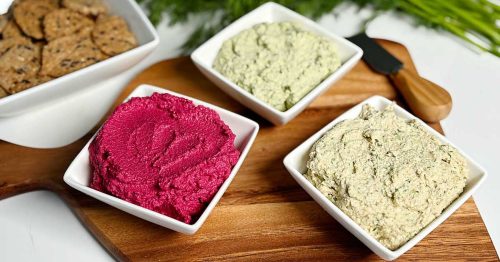


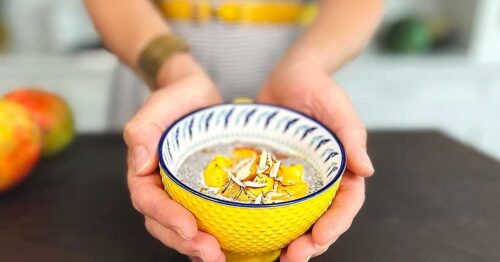





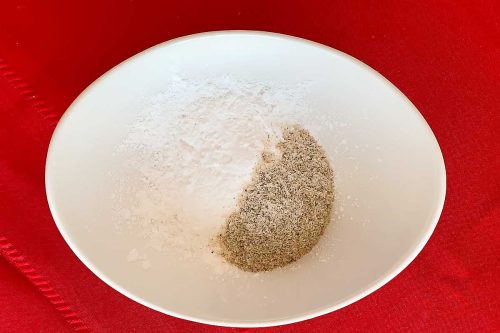


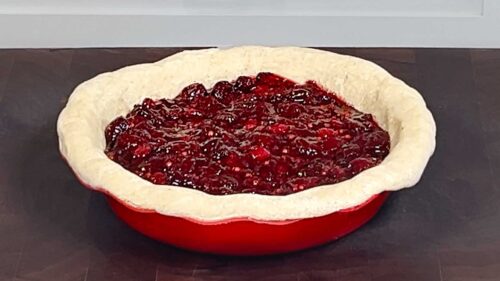


2 Responses
This is so easy! You can’t even tell your baking is egg free.
I am so happy you love it as much as I do!